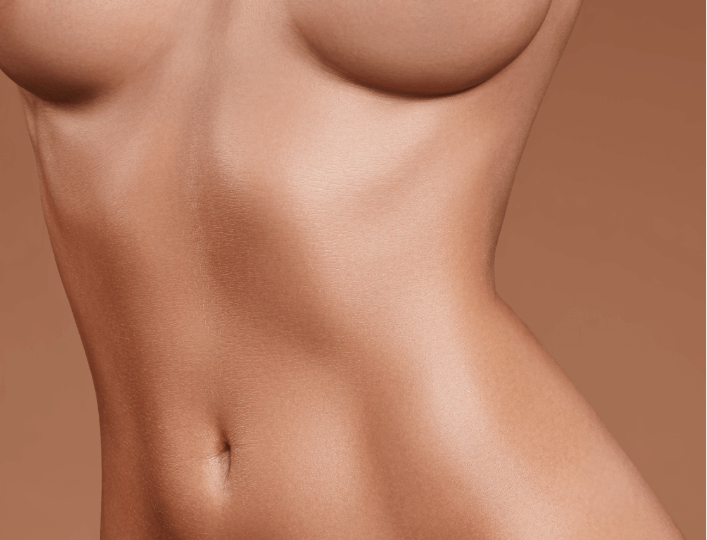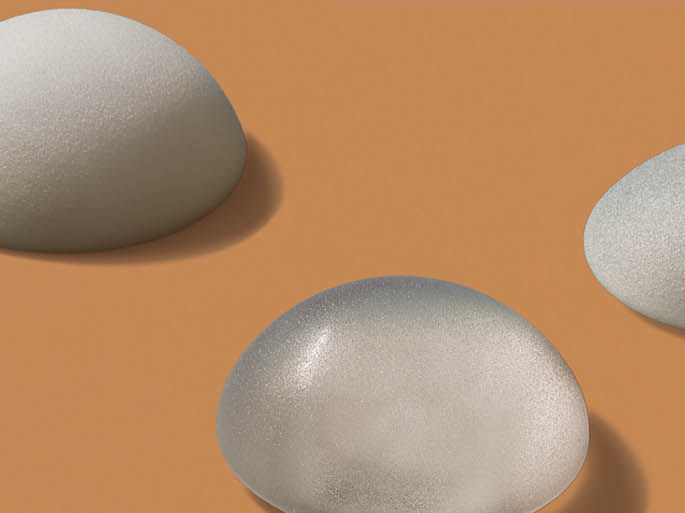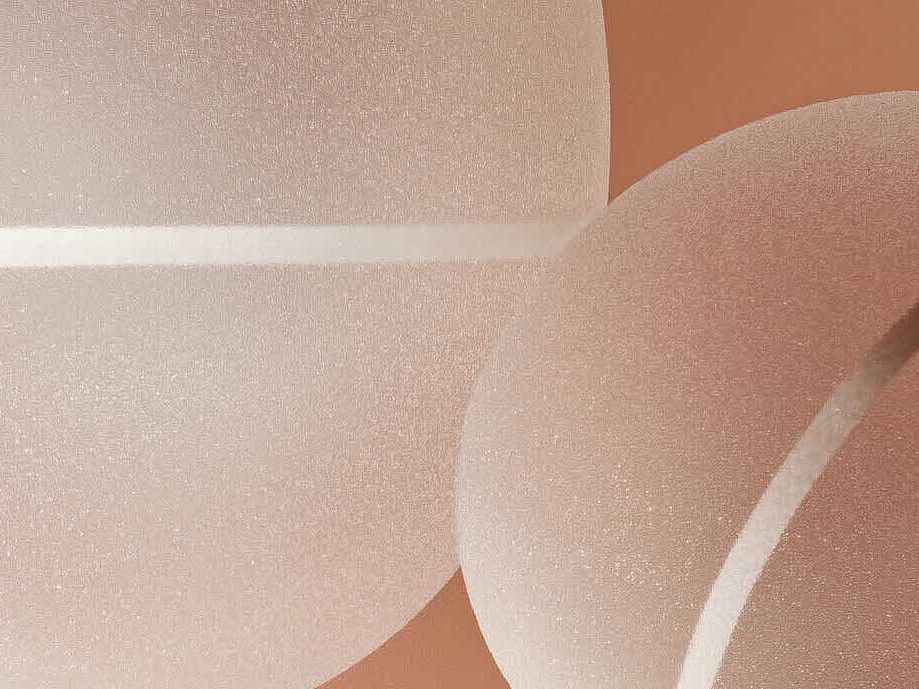1. Handel, N., Cordray, T., Gutierrez, J., Jensen, J.A. (2006) A long-term study of outcomes, complications, and patient satisfaction with breast implants. PRS 117, 757 et seq.; Kjoller, K., Holmich, L.R., Jacobsen, P.H., Friis, S., Fryzek, J., McLaughlin, J.K., Lipworth, L., Henriksen, T.F., Jorgensen, S., Bittmann, S., Olsen, J.H. (2002) Epidemiological investigation of local complications after cosmetic breast implant surgery in Demark. Annals of Plastic Surgery 48(3), 229-237; Malata, C.M., Feldberg, L., Coleman, D.J., Foo, I.T., Scarpe, D.T. (1997) Textured or smooth implants for breast augmentation? Three-year follow-up of a prospective randomised controlled trial. British Journal of Plastic Surgery 50(2), 99-105; Tebbetts, J.B. (2001) A surgical perspective from two decades of breast augmentation. Clinics in Plastic Surgery 28(3), 425-434; Young, V.L., Nemecek, J.R., Nemecek, D.A. (1994) The efficacy of breast augmentation: breast size increase, patient satisfaction, and psychological effects. Plast. Reconstr. Surg. 94, 958-969; Hohlweg-Majert (1991) AWO-Jahrestagung, Baden-Baden; Spear, S.L., Mesbahi, A.N. (2007) Implant-based reconstruction. Clinics in Plastic Surgery.
2. Pompei, S., et al., “Polyurethane Implants in 2-Stage Breast Reconstruction: 9-Year Clinical Experience”, Aesthetic Surgery Journal, Volume 37, Issue 2, 1 February 2017, Pages 171-176, doi.org/10.1093/asj/sjw183; Pompei S, Evangelidou D, Arelli F, Ferrante G. 2016. “The Modern Polyurethane-Coated Implant in Breast Augmentation: Long-Term Clinical Experience”. Aesthetic Surgery Journal 36(10):1124-1129



